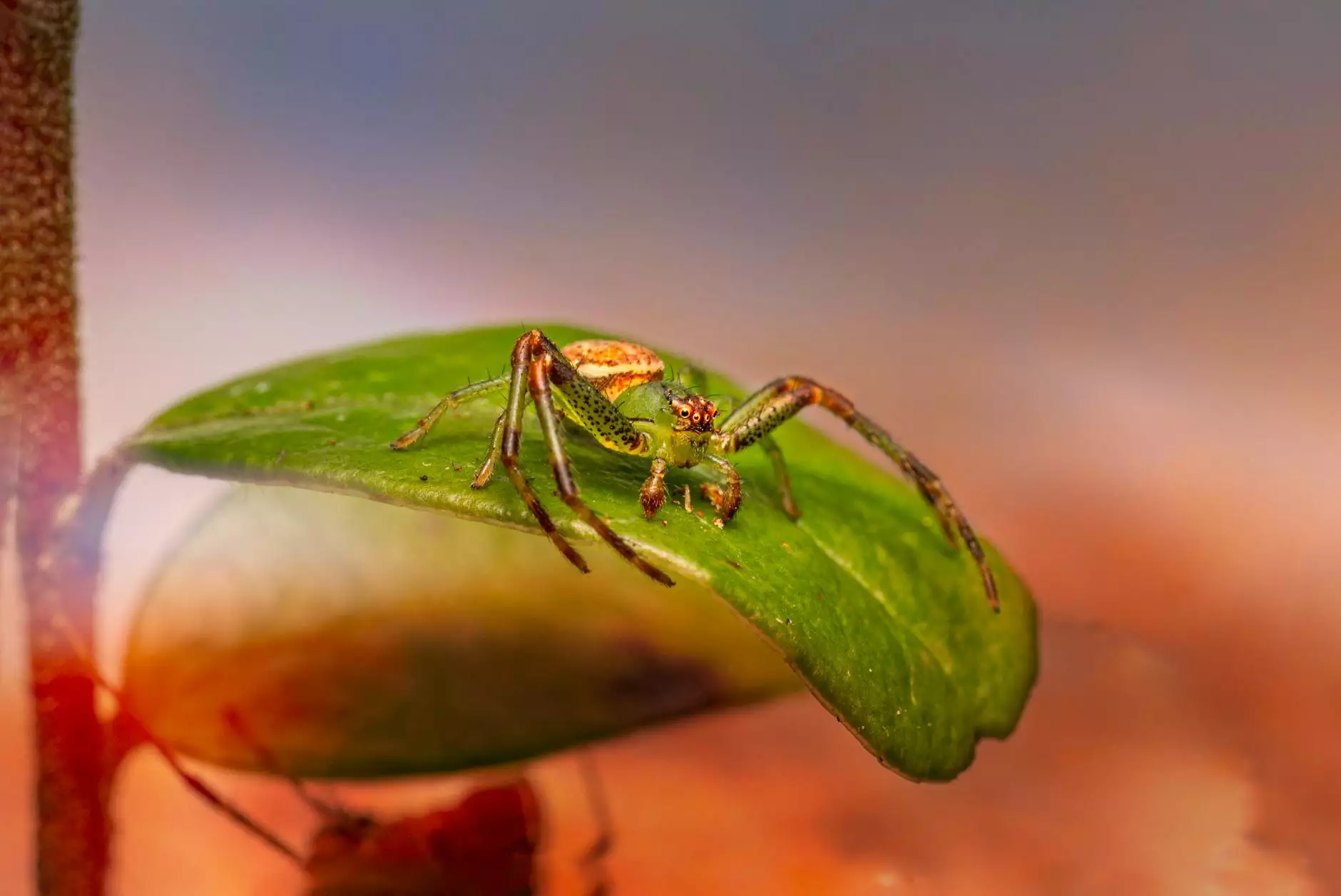Effective Grain Weevil Control: Safeguarding Your Harvest

In the world of agriculture, *grain weevils* pose a significant threat to the integrity of stored grain. These pests, if left unchecked, can lead to devastating losses for farmers, affecting not only the quantity but also the quality of their crops. This article will delve deep into grain weevil control, providing farmers with vital insights on how to effectively manage and prevent these nuisances from compromising their hard work.
Understanding the Grain Weevil
To effectively combat grain weevils, it is crucial first to understand their biology and behavior. Generally, there are two main types of weevils that target stored grains:
- Rice Weevil (Sitophilus oryzae) - Recognizable by their reddish-brown coloration and a unique snout.
- Greater Grain Weevil (Sitophilus granarius) - Larger than the rice weevil and can cause extensive damage to wheat and barley.
Both species lay their eggs inside the grains. Once the larvae hatch, they consume the grain from the inside, leading to significant loss and quality deterioration.
Identifying the Infestation
Early detection of a grain weevil infestation is paramount. Here are signs that indicate their presence:
- Presence of Holes: Small holes on the exterior of grains are often a clear indication of weevil infestation.
- Powdery Residue: Fine powder, known as frass, may be found around infested grains, indicating larvae activity.
- Increased Activity: Adult weevils can often be seen crawling on or around stored grains, especially during warmer months.
Regular inspections can help in spotting these signs early, allowing for timely management actions.
Implementing Effective Grain Weevil Control Strategies
Once an infestation is detected, it is critical to act swiftly. Below are several proven strategies for grain weevil control that farmers can implement:
1. Maintaining Proper Storage Conditions
One of the most effective grain weevil control strategies is ensuring optimal storage conditions:
- Temperature: Store grain at below 60°F (15°C) to inhibit weevil activity.
- Humidity: Keep humidity levels low; ideally, below 13% moisture content for grains.
- Airflow: Utilize containers that allow for proper airflow, preventing moisture buildup.
2. Regular Cleaning and Maintenance
Regular cleaning of storage facilities is crucial. Here are some cleaning tips:
- Empty Storage Areas: Before filling bins, ensure they are clean and free from old grain residues.
- Vacuuming: Use vacuum cleaners to remove dust, debris, and any pests lurking in the cracks and corners.
- Periodic Inspection: Conduct routine inspections of storage areas to catch potential infestations early.
3. Biological Control Methods
Utilizing natural predators can be an eco-friendly grain weevil control method:
- Beneficial Insects: Introducing species such as Chrysopa carnea can help control the weevil populations.
- Parasitic Wasps: Certain wasps target grain weevil larvae and can help mitigate their numbers.
4. Chemical Control Options
In cases of severe infestation, chemical controls may be necessary. Consult with a pest management professional when considering:
- Insecticides: Targeted insecticides can effectively reduce weevil populations when applied according to manufacturer guidelines.
- Fumigation: This method should only be conducted by licensed professionals, as it involves sealing the area and introducing gas to eliminate pests.
5. Using Traps and Monitoring Tools
Setting up traps can help monitor and reduce weevil populations:
- Pheromone Traps: These traps attract male weevils and reduce reproduction rates.
- Sticky Traps: Regularly placing sticky traps in storage areas can alert you to any weevil activity early.
The Role of Education in Grain Weevil Control
Education plays a pivotal role in achieving successful grain weevil control. Farmers should stay informed about the latest research and developments in pest management. Joining local agricultural extension services or pest management associations can offer valuable resources and support.
Training and Workshops
Consider participating in agricultural workshops that focus on pest management strategies:
- Local Extension Services: Many universities offer training on pest identification and control.
- Online Resources: Webinars and online courses can provide updated pest management techniques.
Collaboration with Peers
Engaging with fellow farmers can bring insights and shared experiences, making pest management more effective:
- Farm Cooperatives: Being part of a cooperative can help leverage collective knowledge and action against pests.
- Social Media Groups: Online platforms can connect you with other farmers experiencing similar challenges.
Conclusion: Proactive Measures for Grain Weevil Control
In conclusion, grain weevil control is an essential aspect of protecting your harvest. By understanding the potential threats, implementing effective control strategies, and staying educated about pest management techniques, farmers can safeguard their grains from these intrusive pests. Remember, a proactive approach in pest management can save you from significant losses and ensure the integrity of your farming operation. At TSGC Inc., we are committed to providing farmers with insights and tools to enhance their farming practices. With the right strategies in place, we can work together towards a pest-free future.
For further assistance with grain weevil control and other farming equipment needs, feel free to contact us at tsgcinc.com. Our team is here to support you in optimizing your farming operations.







